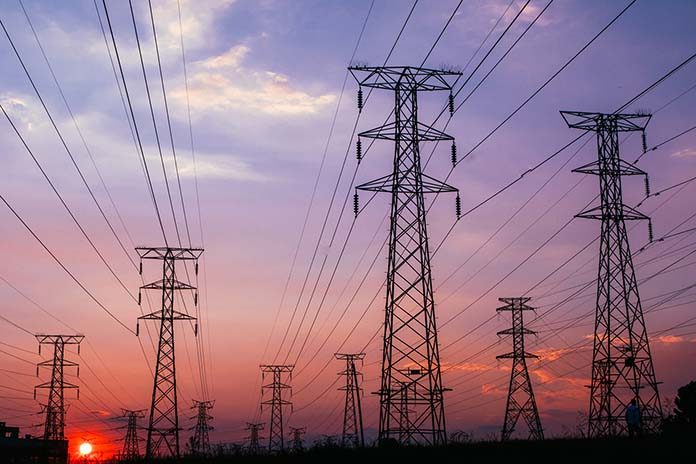
In a contemporary hatchery all the parameters influencing incubation – such as temperature, humidity, ventilation and the turning of eggs – are based on using electricity. Stopping of the energy supply means that the pumps and fans do not work, heating and cooling does not function and the air in the incubators cannot be refreshed.
In closed machines, eggs incubated for more than 9-10 days will tend to overheat – especially in a single stage machine. Embryos of 15 days or more may suffocate. This occurs quickly. In a non-running closed hatcher most embryos and chicks will die within 30 minutes. A lack of electricity also means no light in the building, no air conditioning in the rooms and the malfunction of all auxiliary devices used for hatchery operations.
Today’s modern hatchery cannot operate without electricity and as a power cut will happen sooner or later, staff must know how to deal with it. The only structural solution is the installation of an emergency power generator. An automatic starting device will immediately replace the power supply. This technical solution is effective and safe, but only if the generator functions properly.
Potentially huge losses resulting from a power cut justifies any investment in a reliable electricity back-up system. If the system works – no special action is needed. Regular maintenance and testing of the generator, including a regular check on the fuel reserve, are an essential part of the hatchery operation. If there is no back-up system the risk related to the lack of an electricity supply has different grades and priorities depending on the incubation phase. The very first objective is to save the life of the embryos. The most urgent, immediate requirement of advanced embryos is respiration. The more advanced their development the more urgent the demand. The lack of cooling worsens the situation and leads to overheating.
The eggs in the hatchers are exposed to the most risk and deserve first priority. These relatively small cabinets are filled exclusively with embryos in their final stage and hatched chicks. They need a lot of fresh air and must be attended too quickly. Next, the setters containing mostly developed embryos, especially in a single-stage incubation system, should be attended to. Embryos below 10 days of incubation can wait. Temporary, limited cooling down will mainly influence the incubation time but will not kill the embryos at this stage.
Advice
- What do you do if there is no power and no back-up generator?
- Make sure the staff is prepared, instructed and trained. People on duty must know what to do rather than look for instructions in the face of an existing problem.
- If there is no UPS system backing up the computers and screens – have notes available documenting the load of the setters.
- Manual portable torches should always be in working condition and available from a fixed, easily accessible place.
- Give priority to hatchers and then setters with embryos at 15 days and more. Drive out trolleys and space them in the room between the machines or at other places, such as the chick handling room or even the dispatch room. Open all doors to create a natural air flow in the building.
- For embryos at 10-15 days, just open the doors of the setter.
- For embryos < 10 days: do nothing; keep the setters closed.
- Consider purchasing an emergency generator to be better prepared for the next time.















